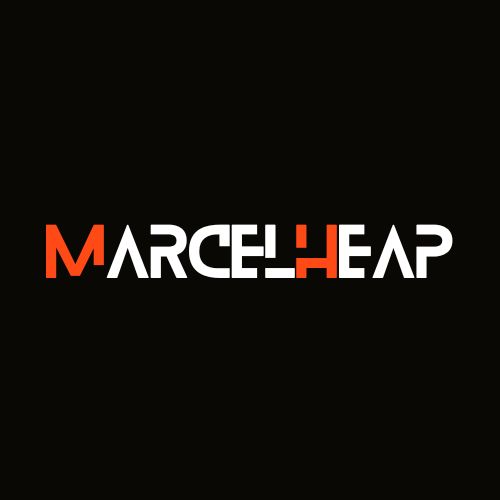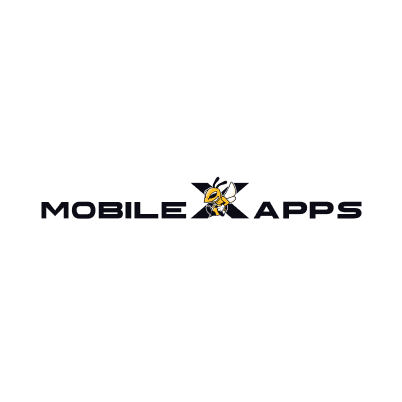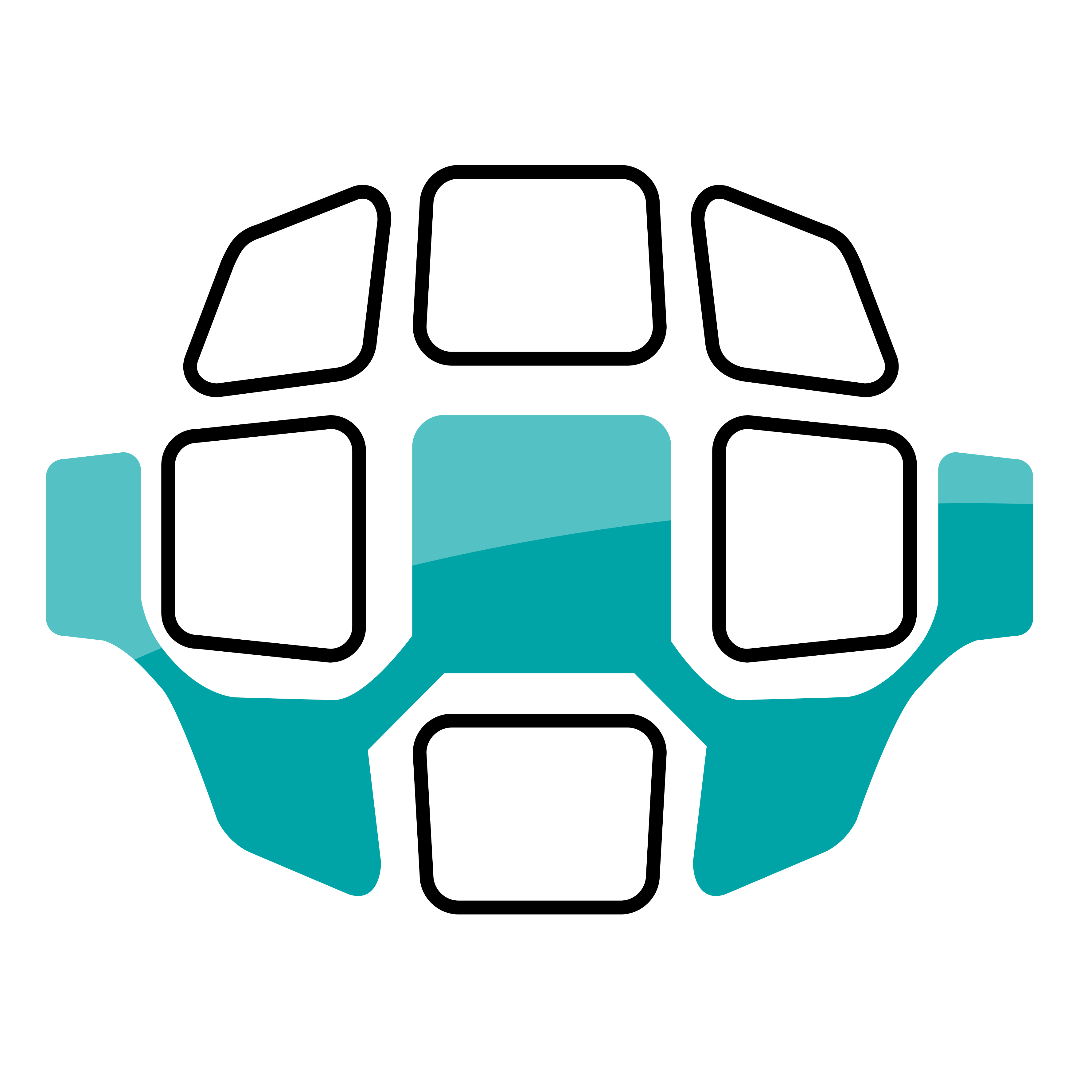
Discover the Top 3576 Web Development Companies. Web Development is a crucial and rapidly evolving field, requiring a diverse skill set and offering a competitive market for talented professionals. Compare top Web Development agencies by reviews, ITP Score, capabilities, and portfolios to confidently choose the best fit for your project.
Show moreTakes only 2 mins, 100% free









3576 Companies Ranking last updated on: March 20, 2025

Tech Stack Apps, your vision our code
30% Web Development

Creativity in Our Blood Line.
25% Web Development

Empowering brands with unparalleled e-commerce excellence for online success
20% Web Development
Solving What Matters with AI
10% Web Development

Half the price and faster twice in custom software development
20% Web Development

We make businesses stand out
25% Web Development

Custom Software Solutions Tailored to Your Business
20% Web Development

Long-term Software and App Development Partner
85% Web Development

Your Digital Transformation Partner
10% Web Development

Providing Strategic Digital Solutions
10% Web Development

Inspired by your ideas
20% Web Development

We build the apps that bring your ideas to life!
10% Web Development

Where Technology Meets Creativity
20% Web Development

Strategic Digital Solutions
20% Web Development

Let's make it Brite
10% Web Development

Doing more with less, so your app delivers more. TMZ Software is all about real results and code tha
20% Web Development
Innovate.Scale.Lead
10% Web Development

Enlarge Your Ideas
25% Web Development

Reinventing Digital Realization
50% Web Development

Brilliant Ideation. Flawless Execution
15% Web Development
Post a project for free and quickly meet qualified providers. Use our data and on-demand experts to pick the right one for free. Hire them and take your business to the next level.
Web development involves the creation and maintenance of websites and web applications. It encompasses various tasks, including web design, content creation, client-side and server-side scripting, network security configuration, and e-commerce development. This process ensures that users can access and interact with websites effectively across different devices and platforms.
Responsive design is crucial because it ensures your website provides an optimal viewing experience across a wide range of devices, from desktop computers to mobile phones. This approach enhances user satisfaction, as visitors can easily read and navigate your site without excessive resizing or scrolling. Moreover, responsive design can improve your site's search engine rankings, as search engines favor mobile-friendly websites in their results.
Front-end development focuses on the visual aspects of a website—the parts users interact with directly. Front-end developers use languages like HTML, CSS, and JavaScript to build the layout, design, and interactivity of a site. In contrast, back-end development involves the server-side operations that handle data storage and retrieval. Back-end developers work with server technologies, databases, and programming languages such as PHP, Python, or Ruby to ensure the website functions correctly behind the scenes. Together, front-end and back-end development create a seamless and functional web experience for users.
The duration of website development varies based on factors such as project complexity, features, design, and the development team's expertise. On ITProfiles, the average project duration for web development companies ranges from a few weeks to several months. For instance, companies in Lahore typically have project timelines that align with these averages.
Web development utilizes a variety of programming languages, each serving specific purposes:
These languages are often used in combination to create robust and efficient web applications.
The cost of developing a custom website varies based on factors such as project complexity, scope, and required expertise. As per data on ITProfiles, the average project cost for web development companies ranges between $10,000 to $25,000. Some of the top web development companies listed on ITProfiles include TechnoScore, PixelCrayons, and Sparx IT Solutions.
Optimizing your website for search engines involves several key strategies:
Implementing these strategies can improve your website's visibility in search engine results, attract more organic traffic, and enhance user engagement. Companies such as OpenXcell and Intellectsoft specialize in providing SEO services along with web development.
User Experience (UX) and User Interface (UI) design play crucial roles in web development by focusing on the usability and aesthetics of a website:
Effective UX/UI design leads to increased user engagement, higher conversion rates, and a positive brand perception. As per data on ITProfiles, businesses that prioritize UX/UI design often experience improved customer retention and satisfaction. Web development companies like Brainvire and Unified Infotech are known for their expertise in integrating UX/UI design in their web development projects
Ensuring the security of your website is a crucial aspect of web development. Implementing robust security measures can protect your website from cyber threats. Some key practices include:
A Web development company like Daffodil Software and web development agencies like Iflexion focus on integrating security best practices to provide safe and secure websites
Using a CMS in your web development project provides several significant advantages, particularly in managing and controlling your website's content:
Leading web development companies like Octal IT Solution and agencies such as TatvaSoft often recommend CMS as a reliable and scalable solution for businesses looking to maintain control over their website’s content.